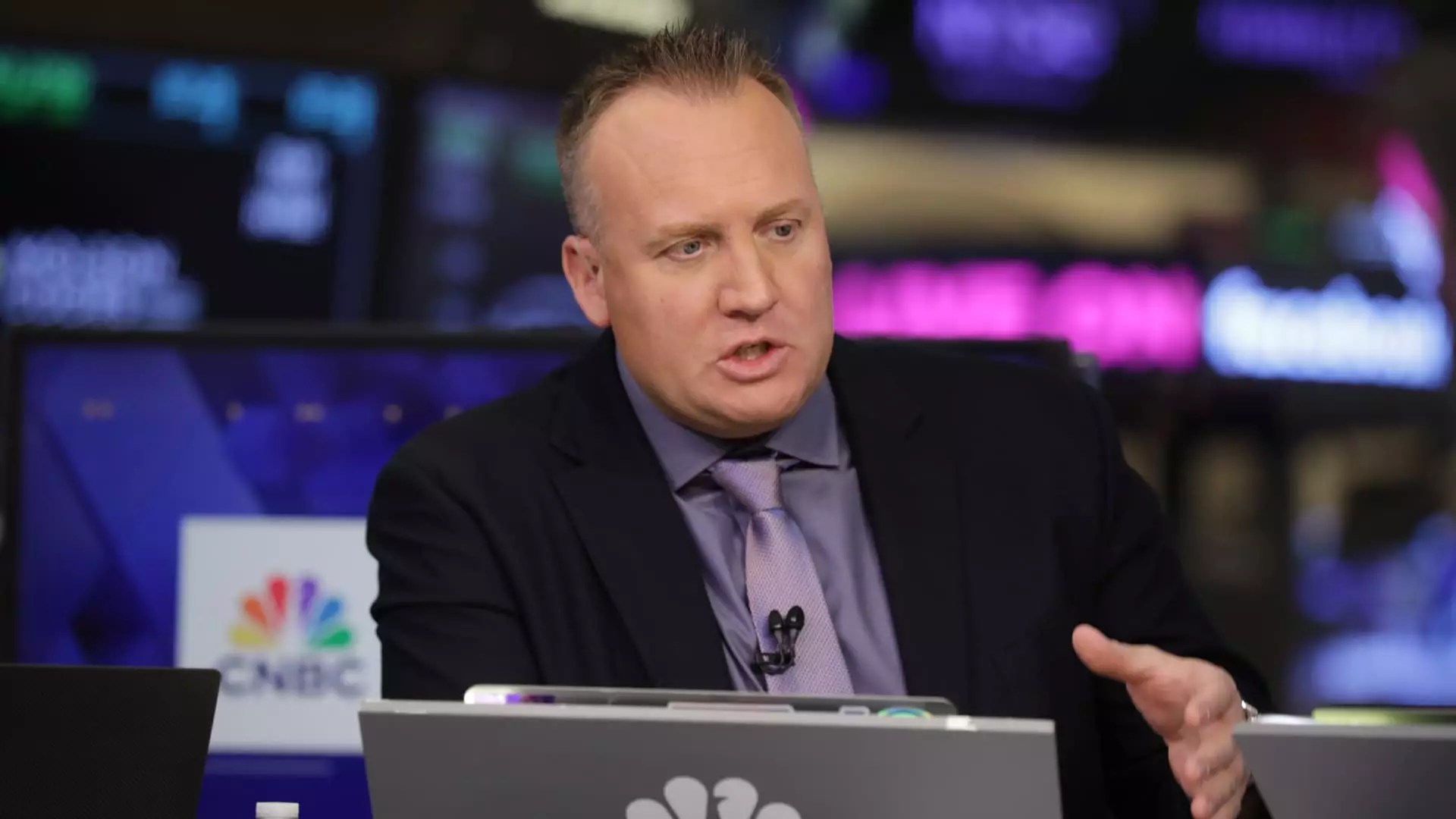In the world of investing, few narratives are as persistent and misleading as the notion that upcoming Federal Reserve rate cuts will automatically juice the stock market. Wall Street’s fascination with this idea is rooted more in hope than in rational analysis. According to critics like Josh Brown, the CEO of Ritholtz Wealth Management, this obsession is fundamentally flawed. These market narratives promote the illusion that lower interest rates inherently mean undervalued stocks, and that a rate cut alone would spark a meaningful rally. But reality, as Brown emphasizes, tells a different story—one where monetary policy is but a small part of the complex economic puzzle.
The fervor around rate cuts distracts investors from focusing on what truly drives market momentum: innovation, productivity, and capital investment. When investors pin their hopes on external interventions—such as central bank maneuvers—they become passive spectators rather than active participants in the economic story. The idea that a cut in rates would suddenly make stocks 8% or 10% undervalued is, at best, wishful thinking. It simplifies a multifaceted system to a single lever, ignoring the broader forces that shape long-term growth.
Why Rate Cuts Are Overrated in Today’s Economy
Although the Fed’s minutes suggest that some reduction in interest rates might be on the horizon in 2025, the emphasis should NOT be on the timing or magnitude of these cuts. The market’s fixation on potential easing is misplaced, especially when the current rate levels are not excessively high. Brown rightly challenges the narrative that rates are “too high” or that lowering them would be a panacea. In fact, the real danger lies elsewhere: in complacency about what actually fuels sustainable growth.
What truly matters is the underlying strength of corporate earnings, driven by long-term capital expenditures rather than short-term monetary policy shifts. Brown’s focus on innovative sectors—particularly the technology giants that have become icons of the AI revolution—is a testament to where future value lies. Investing in companies like Nvidia, which recently surpassed a $4 trillion valuation, illustrates that technological advancement and productivity gains are what will propel markets forward, not a few tenths of a percentage point in interest rates.
This perspective underscores a critical mistake in market thinking: conflating monetary policy with economic destiny. Rate cuts are sometimes celebrated as saviors, but they are often symptoms of underlying economic weaknesses, not solutions. Relying on them as a primary driver of stock undervaluation is shortsighted and dangerous.
The Investment Shift Toward Innovation and Productivity
Brown’s emphasis on capital expenditure as a key driver of earnings growth challenges the common narrative that stocks are “cheap” or undervalued just because interest rates are expected to fall. Instead, he advocates for a more discerning approach that recognizes the importance of innovation, infrastructure, and productivity increases. In particular, the prominence of AI-driven companies exemplifies where the real value creation occurs—far removed from the manipulations of monetary policy.
Amazon, with its ongoing growth and dominance in cloud computing through AWS, is illustrative of this shift. While its recent stock performance might be viewed as modest, Brown suggests that its long-term potential remains undervalued. This is especially true when you consider the looming importance of cloud infrastructure and AI solutions in the corporate world. Investing in these technological moats is a smarter strategy than hinging on the Federal Reserve’s policies, which mostly serve to mask underlying economic realities.
The notion that Wall Street should be “begging” for rate cuts as a means to secure market gains is superficial. It ignores the importance of structural growth and innovation. Investors should pay more attention to the real pillars of economic advancement—capital formation, technological breakthroughs, and enterprise investment—rather than relying on central bank signals that are often reactive rather than proactive.
The obsession with Federal Reserve rate cuts is a symptom of how Wall Street often succumb to short-term thinking. While monetary policy plays a role, it is not the decisive factor that determines the trajectory of the economy or the stock market. Brown’s analysis offers a wake-up call: focus on what genuinely creates value—technological innovation, strategic capital deployment, and productivity enhancements.
For those who dare to look beyond the clichés, the message is clear. Market strength does not hinge on the whims of the Federal Reserve, but on the enduring capabilities of companies to innovate and adapt. The next wave of growth is unlikely to be fueled by rate cuts, but rather by the bold investments in technology and infrastructure that redefine our economic landscape. Investors willing to prioritize these elements over mere monetary policy adjustments have the best shot at sustainably riding the transformative forces shaping tomorrow’s economy.


Leave a Reply